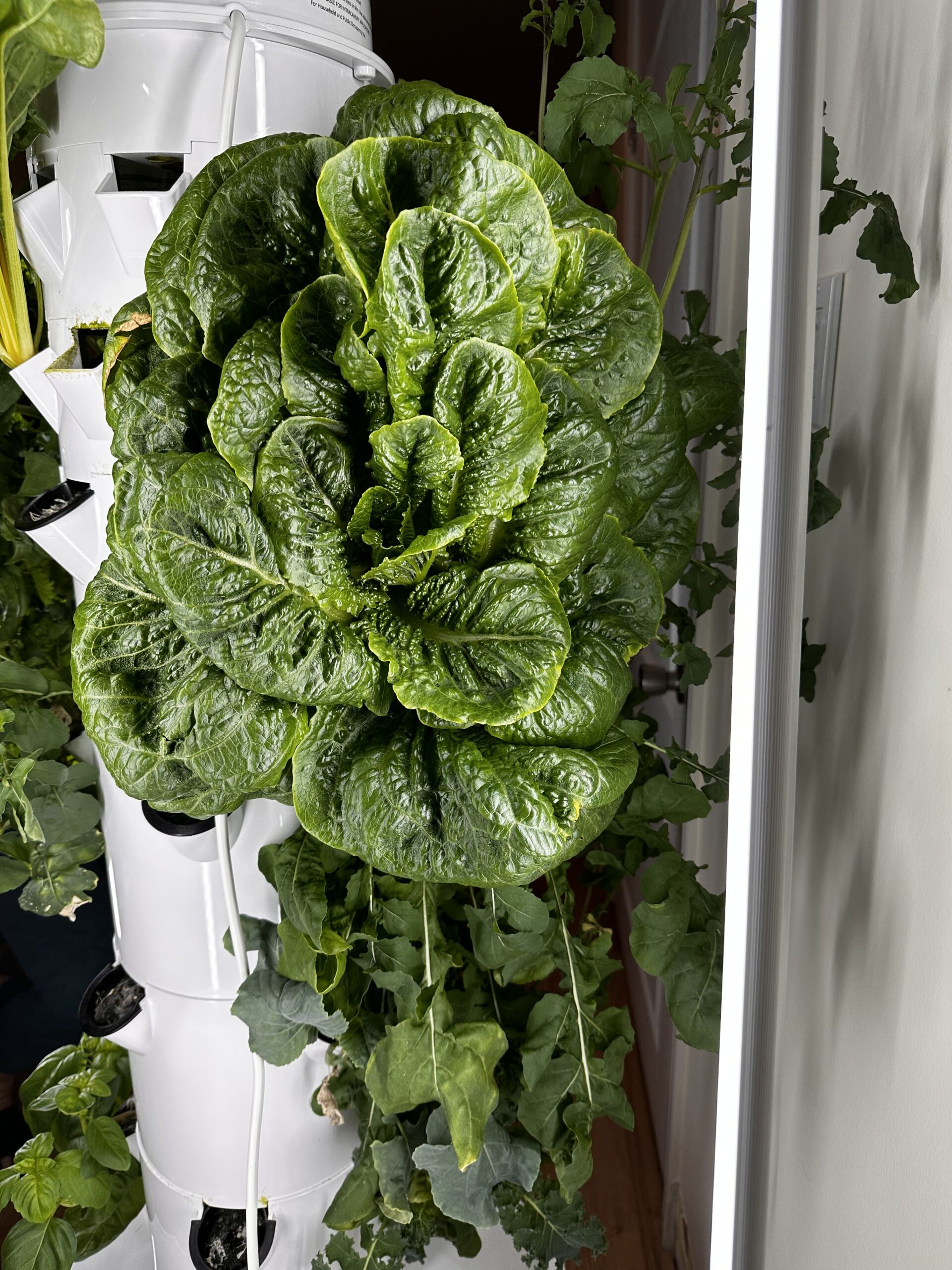
Tower Garden Journal #2
Following up on my last Journal, I wanted to focus on how spinach and Kale
In our original Tower garden review, we spoke about the idiosyncrasies of having to set-up and optimize your tower garden’s position, light exposure and water to fertilizer content.
That being said, over the last batch of spinach and kale that we produced (which would probably retail to be $30 – $50 of kale and spinach at supermarket), we got a little lazy and just added water when we felt like it. We also forgot to add liquid fertilizer twice and see how these plants still exploded! We plan on trying a number of root vegetables eventually, but the leafy greens are definitely the easiest to grow!
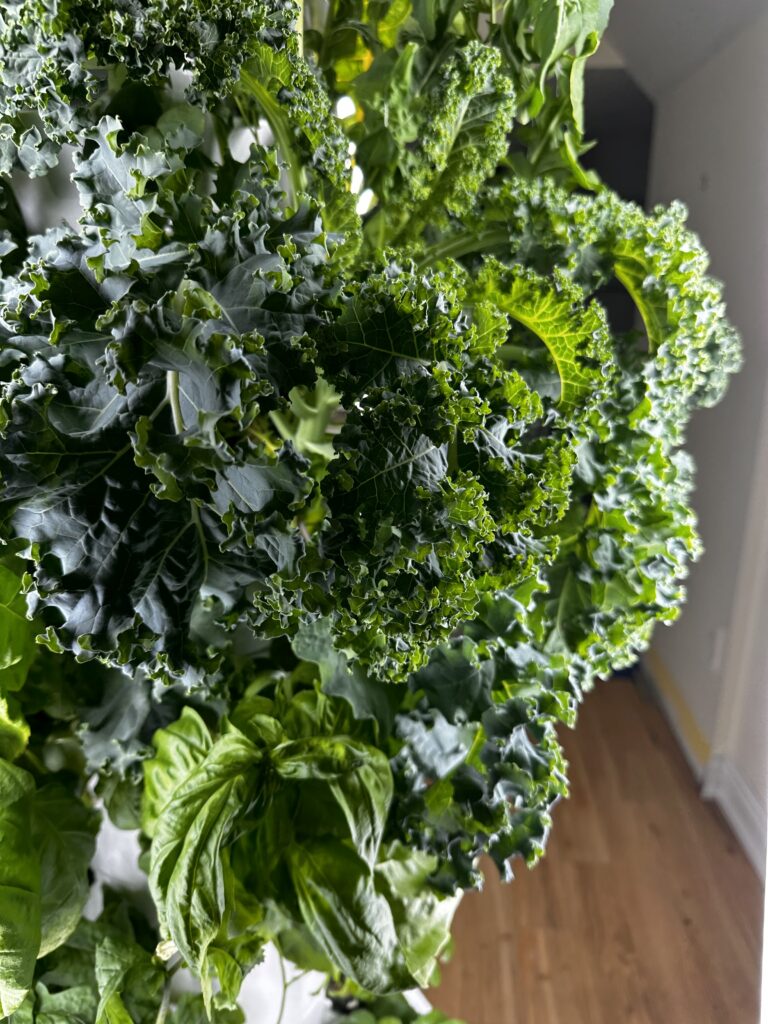
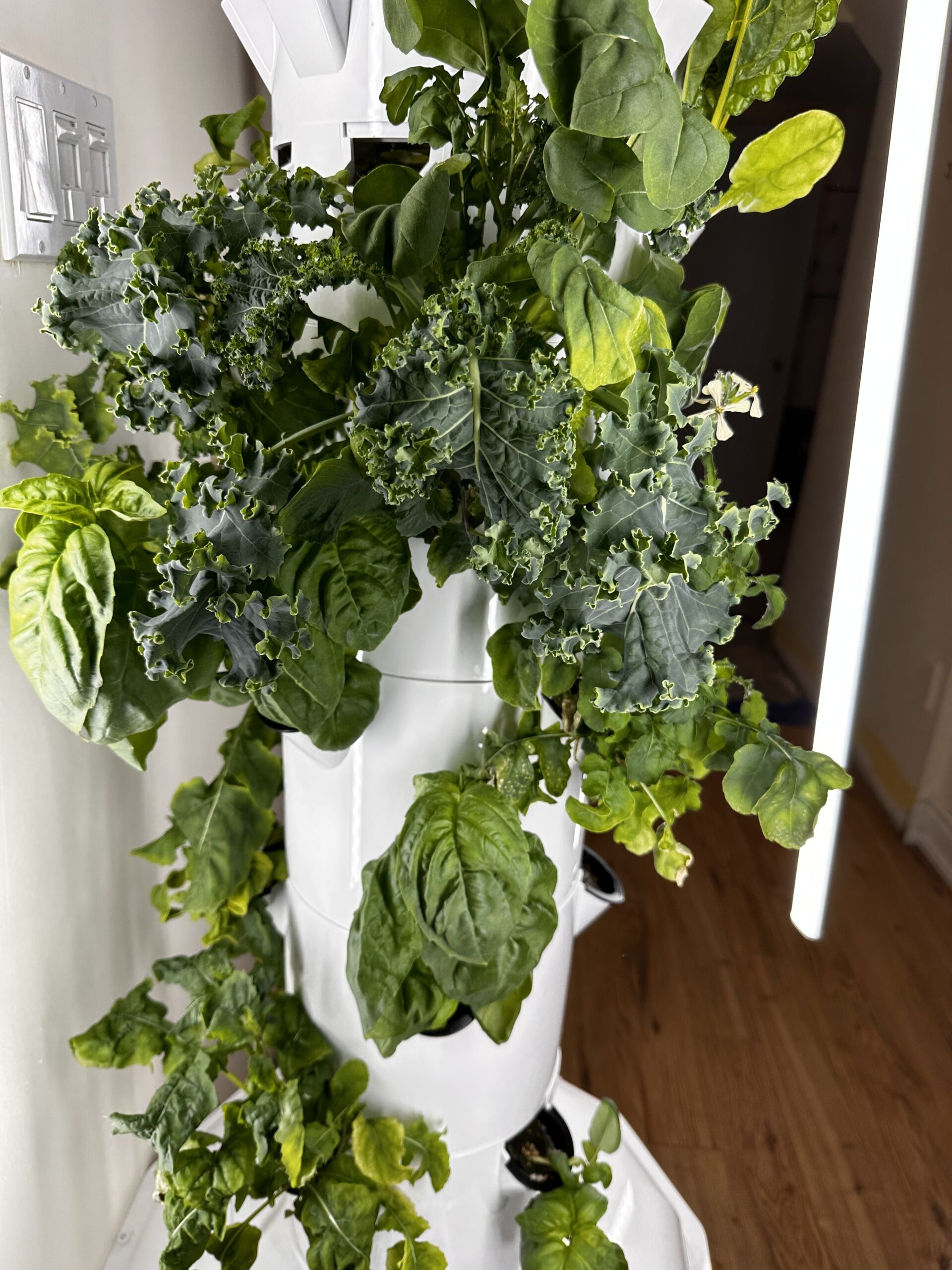
Tower Garden Journal #1
Our team has purchased three of these beautiful products and are currently trying different types of leafy vegetables.
Here are some of the results from our first batch of seeds.
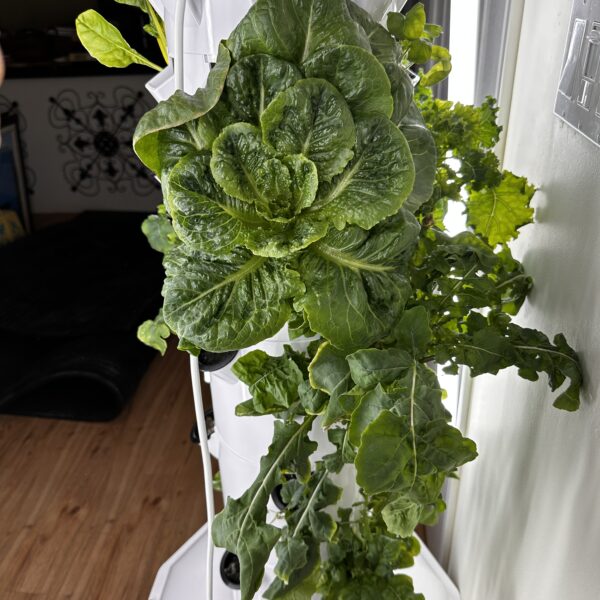
Here is a mixture of Kale and Spinach that we grew over the last month. Kale and spinach seem to be the easiest things to grow within the Tower Garden as they’re resilient. Also, while Kale and Spinach isn’t extremely expensive at the store – if you dedicate your entire tower to the spinach and can provide the appropriate amount of sunlight (whether that’s UV lamps or natural sunlight), you will end up getting roughly 1 to 2 KGs. worth of vegetables from one batch. I personally like spinach and kale because it can last long in the refrigerator and you can also freeze it for smoothies (which will quadruple the life extension).
Basil leaves was also something that was extremely easy to grow. Anyone with outdoor or indoor garden knows that basil can sprout up like a weed (and you end up having more than you need).
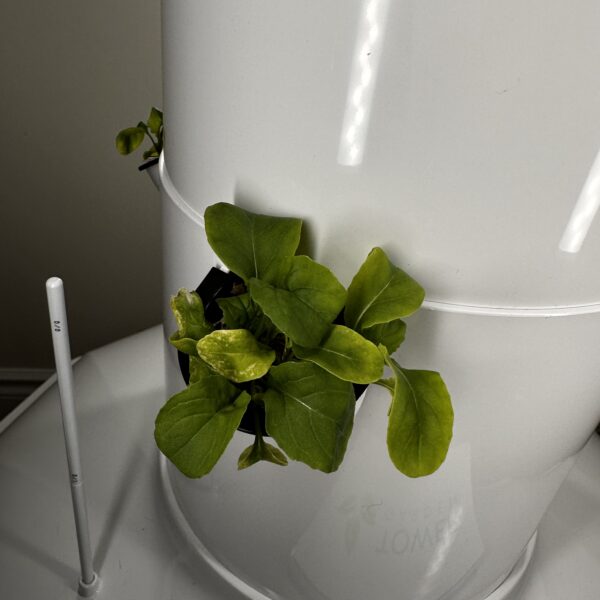
The one thing that’s nice about the tower garden is you know you will only get a certain amount of basil leaves because the size of the pod restricts root growth. This makes the leaves large, while keeping the plant somewhat manageable.
What’s also fantastic about the tower garden is the lack of need for soil and maintenance. All we did was add the seeds and pods (I will write an article about this) and watch these little suckers grow.
From a gardening perspective, this is much lower maintenance than planting outside or even having indoor pots.
Ultimately, this is our first foray into Tower Gardens and it won’t be our last. Stay tuned for more in-depth walkthroughs as we build out our tiny home tower gardens!
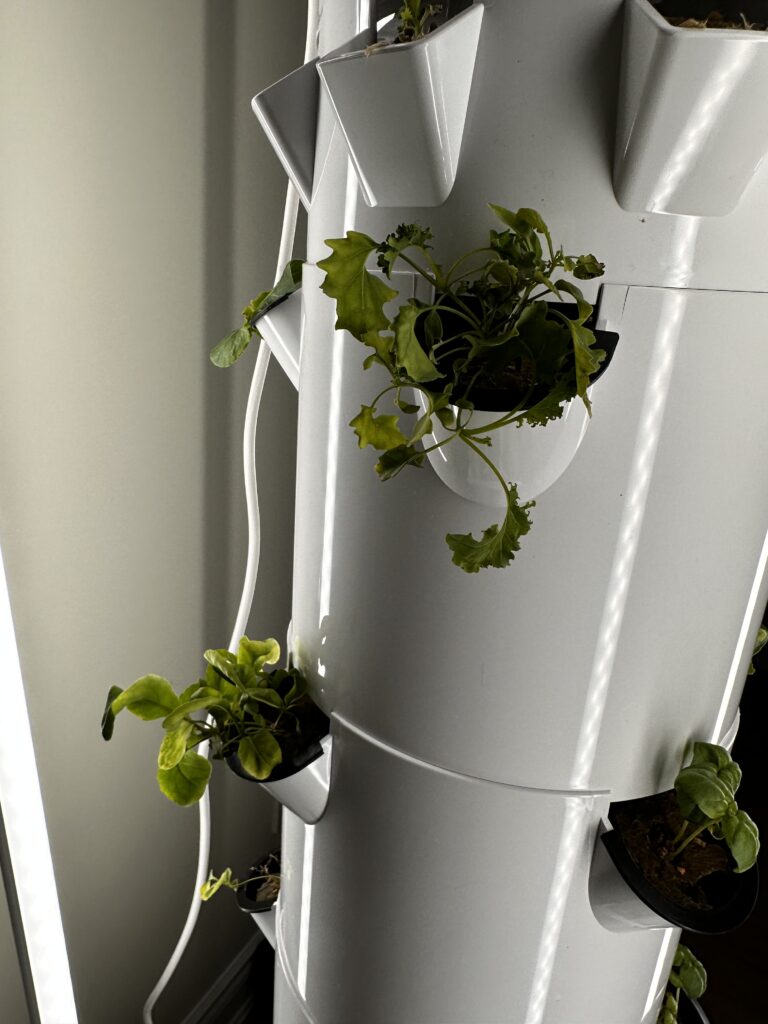
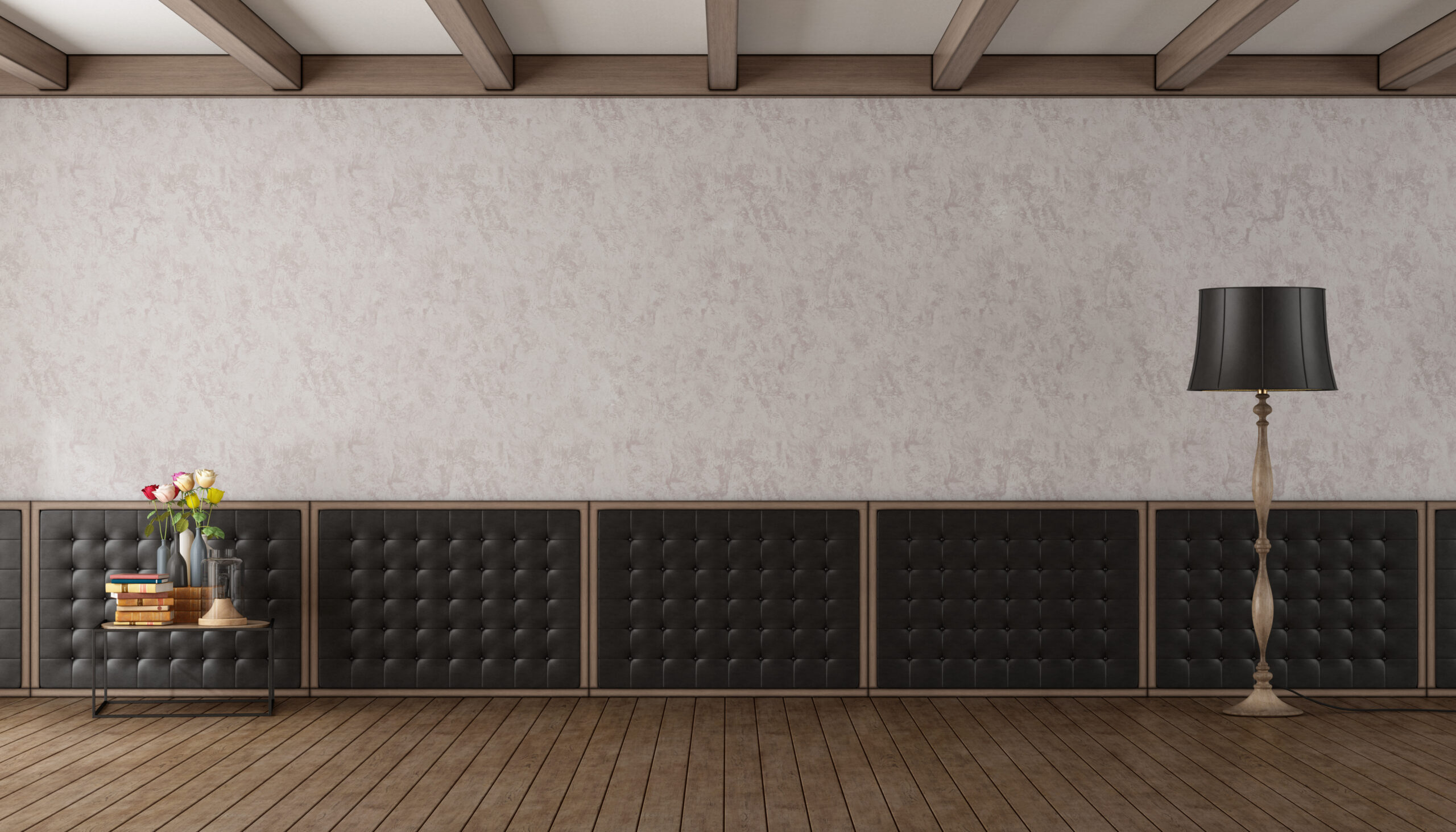
What is Boiserie, and is it Used in Interior Design Today?
Back at the beginning of the last century, Elsie De Woolf became possibly the first person to receive payment for decorating a home. Although the term wasn’t yet coined, De Woolf effectively became the first professional interior designer.
Of course, there was already keen interest in decorating the interiors of homes and other properties, and for hundreds of years, the Italians had led the way. Around the middle of the fifteenth century, design ideas from Italy started to spread to royal dwellings in France. The Palais de Fontainebleau featured ornate molded and carved wooden paneling throughout its galleries.
Between the 17th and 18th centuries, intricate, engraved woodwork used as wall panels, became a common feature in the homes of aristocrats. The term boiserie came from the French term for wood and gave this type of wall covering its name.
What is boiserie and what is its purpose?

The term boiserie refers to carved wooden paneling. You may have heard of wainscoting panels before. French boiserie is a high quality wall covering which is similar, but often more intricate than wainscoting panels.
It was used heavily in French architecture during the 17th century and is seen in the period houses of that time. The carving could often be intricate, and costly, and was unlikely to be a feature in a regular person’s home. Some homes would feature whole paneled rooms, while in others the woodwork may have been used more sparingly.
But, boiserie needn’t be overly complex. Simple square wooden paneling and clean geometric lines and designs are also used in boiserie. The original purpose of these panels was not only to elevate a room’s beauty but also to provide insulation and heat retention.
Wooden panels were added to the walls of homes to help protect them, and to make homes warmer in the days before central heating existed. Carved and molded designs added decoration to the wooden panels. And they were fitted to bare areas of homes and other buildings to make them aesthetically pleasing.
Having boiserie in the home was also something of a statement. It signified taste, and perhaps wealth. As the fashion for this type of interior design grew, boiserie was no longer limited to living room walls, and ornate ceilings started to appear, along with grand corridors and even libraries were decorated with boiserie.
Is boiserie still used in interior design today?
For over 140 years, Parisian boiserie designers, Féau & Cie, have produced complex wood paneling for some of the grandest homes. Yet, despite having large projects everywhere from South America to Asia, it is just as often that boiserie will be used in a regular home or apartment.
Likely, the majority of homeowners who have boiserie have never heard of the term. Kitchen cupboards will often be decorated with boiserie. While the wall paneling seen in the Palace of Versailles is unlikely to fit a New York apartment, boiserie is still very much in today.
Where can boiserie be used?
Space is a premium in many cities, and interior designers know a few things about creating space, or at least the illusion of it. Boiserie can also add romance, and through careful use of this paneling, a tiny bedroom can become a grand Parisian boudoir.
Mirrors can create light and the illusion of space, and boiserie frames add elegance. If boiserie panels are used correctly, they can make rooms appear larger. They can also be painted, and treated. They don’t need to be simply used as they come.
Today, boiserie is used to convey the classic feel of France from centuries before with fireplaces or mirrors. Or, more modern styles can be used to create clean lines and add character to the dullest spaces. Boiserie can be used throughout a room or home, or a feature wall could be added. These wood panels are also useful for hiding imperfections and wall damage.
What materials can be used in boiserie?
The word ‘bois’ in French means wood, and the definition of boiserie is wood processing. Others say boiserie simply means wood cladding on walls. Traditionally this French decor would therefore be made from some form of timber. Typically, mahogany, oak, chestnut, or dark wood would be used. Yet, modern interior designers have found other materials that can be effectively used for boiserie, even if technically it should be named something else.
A boiserie type of wall or ceiling covering can be made from plaster, cement, marble, ceramic, and even bamboo. For an industrial effect, even metal can be used for a boiserie-style wall design. Shabby chic can be introduced along with pastel colors as you try different materials and DIY effects.
While a 17th-century French aristocrat may turn their nose up at a stucco boiserie effect, avoiding wood can offer more flexibility in some ways, and certainly, help to reduce costs. Moldings can come ready to use, can be used on fireplaces, and walls, and are high quality.
Summary
Some decorative styles and aspects of interior design never truly disappear. While there are especially grand examples of boiserie in evidence in stately homes, museums, and royal residences, much more modest dwellings can also benefit from these wall panels.
You can use boiserie to create one bold statement, or simply to create a rather special bedroom that screams classic French decor and romance. And unlike in the past, ready-made panels exist, so adding boiserie to a home is far simpler than back in the 17th century.
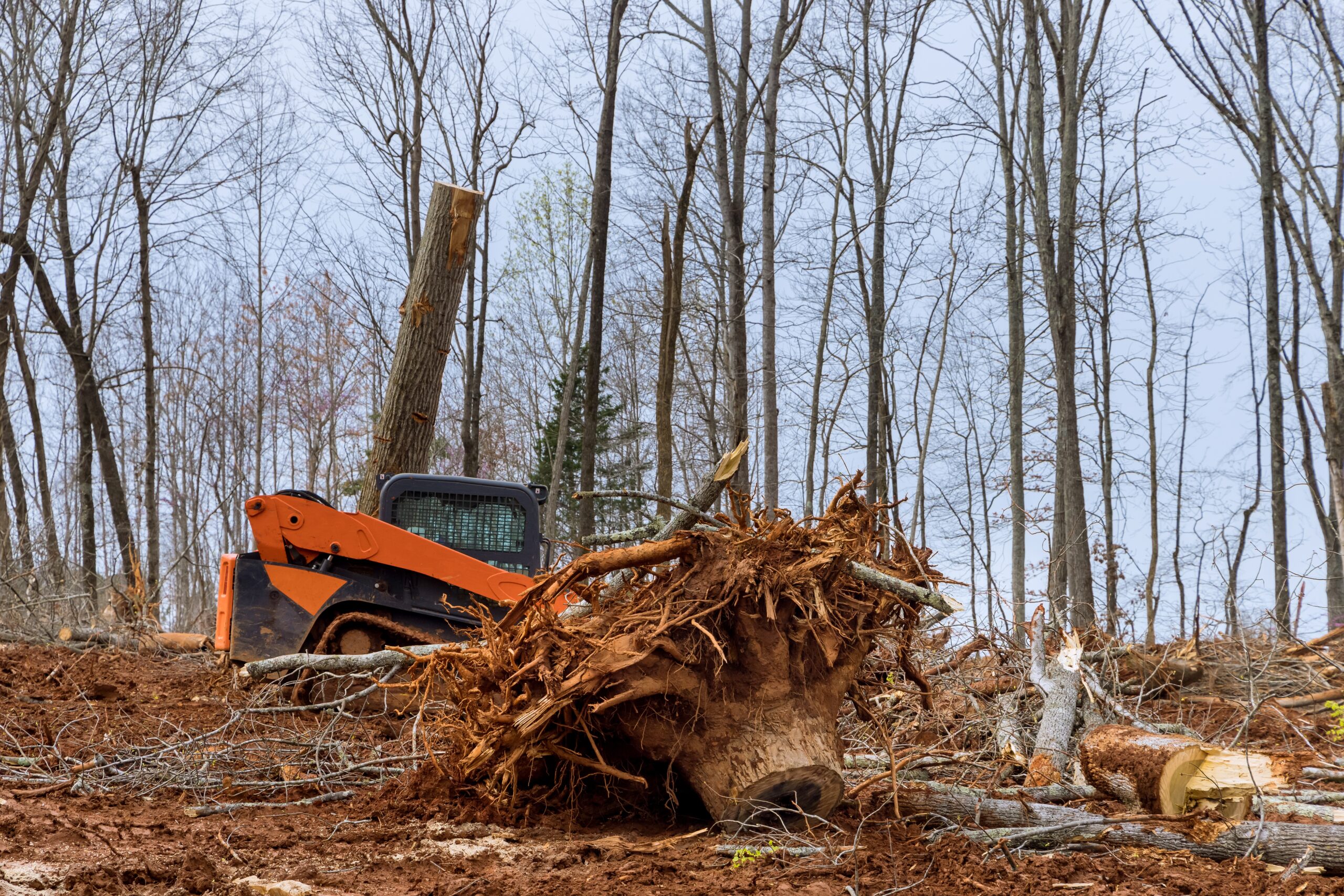
Clearing land to build a house – Top tools needed to clearing your plot
Whether you’re a contractor or looking to build yourself a new home, you know one of the most essential steps in any zoning or construction project is clearing the land. This involves getting rid of all the trees, shrubs, and other wooded lot like areas, so you can level out the land and start building or site preparation. Land clearing is relatively straightforward and you’ll have no problems doing this yourself, whereas land grading (making the ground level) is best done by a professional land grading service.
There are several different pieces of construction equipment you can use for land clearing, but not all of them are created equal. Also, the land-clearing cost depends upon the equipment homeowners use for building their dream homes.
Whether you’re build a tiny home that is completely self-sufficient, or constructing a your own private palace with a walk-refrigerator – we’ll take a look at six of the best land-clearing equipment options available. We’ll also discuss the best use case for each option so that you can make an informed decision about which one is right for your project.
1. Mini Excavator
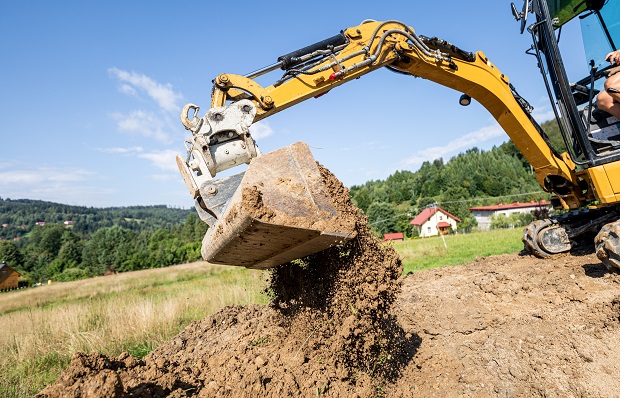
Mini excavators are a great piece of land-clearing equipment. They’re smaller in size and can be used for lot clearing in tight spaces.
Plus they have a multitude of attachments that can extend their purpose.
Such as the brush eliminator attachment with teeth that easily cut down any bushes, underbrush or overgrown areas. You can also use a mini excavator disc mulcher attachment for smaller jobs in tight corners. If there were a need to dig for land clearance, then a bucket attachment will work out perfectly.
You can also get mini excavators with a chain-wheel system which are good for operating on an uneven plot of land. What’s more important is getting at those root systems that you may not be able to pick up easily. These type of natural existing structures can cause the headache of any architect or building crew when laying the foundation.
Unlike other heavy equipment, mini excavators can be used without a specialized operator. Plus it’s easy enough for DIY enthusiasts to maintain a mini excavator.
If you’re renting, you can hire a specialist equipment operator with your equipment rental. Getting assistance from a land-clearing company will make your work easy as they have these operators for hire and often offer additional discounts when you do.
2. Skid Steers
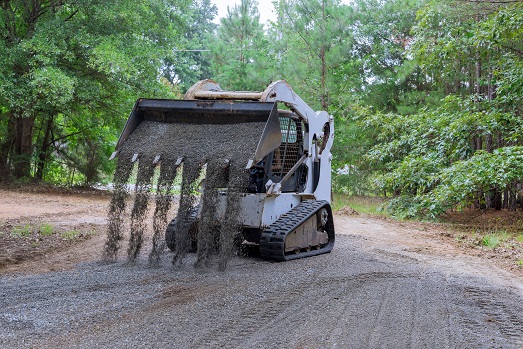
A skid steer is another piece of multipurpose heavy equipment that’s widely used in land-clearing projects. Their most common application is dirt and brush removal because they’re compact and easily maneuver in tight locations.
Skid steers are also fitted with a bucket that can be used to lift and transfer debris. Similar to the mini excavator, a variety of different attachments can also be fitted.
Grapple attachments are most commonly used to lift and shift tree stumps. Tree shears will clear unwanted trees and bushes.
Another popular attachment is a slump bucket used to get maximum prying strength for stumps and large rocks removal. As well as being versatile, skid steers are also effective at clearing land at the same time because they can traverse rough terrain such as hillsides with extreme inclines.
Skid steers are usually cheap to rent and offer good value for lower budgets thanks to their attachment capabilities. Similar to the mini excavator, you can operate skid steers without a professional operator if you choose.
3. Bulldozer
Bulldozers are considered the best land-clearing equipment for heavy tasks. Bulldozers are the fastest land-clearing equipment of this century due to their size, which enables them to clean up more land in less time. For example, when there are a lot of standing trees or heavy rocks, a bulldozer can clear them up very efficiently.
Bulldozers will operate on any terrain and push heavy debris quickly. This makes them perfect for any job where you need to move a lot of earth or debris. They’ll be able to handle in one trip what may take an excavator or skid steer several.
Got an empty ditch at the construction site needs to be backfilled? Bulldozers are your best option.
Because bulldozers are specialized machines, only a trained operator can use them. When there are other development projects nearby it’s essential to be careful using a bulldozer.
Renting a bulldozer is going to be more expensive compared to an excavator or a skid steer. But if you need something more heavy-duty and efficient at hauling large amounts of earth or debris then a dozer is going to save you a lot of time (which can save money in the long run).
4. Mulchers
These machines are best for when there is a huge amount of mulching that needs to happen. When there are extensive cleaning and grubbing jobs, a mulcher is the land-clearing machinery you want. They’re heavy machines capable of clearing large land areas within a few minutes.
Yes, you can use a mini excavator with the mulcher attachment — but that’s for small forestry mulching jobs. When you’ve got a big area to clear then hiring a mulcher would be more economical, saving you plenty of time.
Mulchers might have problems with maneuvering on sloped areas with soft soil type. So before you rent a mulcher, it’s better to discuss the suitability of using it for your construction project with an expert or an arborist that provides tree service.
5. Dump Trucks
Dump trucks are essential for clearing a construction site. After clearing the land, you don’t want all that debris lying around the construction site. That’s where dump trucks come in handy. Dump trucks can hold a large amount of debris and are most often used to transport everything for debris removal or disposal.
All waste materials such as trees, shrubs, rocks, debris, and dirt, are moved using dump trucks. These trucks are capable of carrying heavy loads and are highly reliable.
6. Backhoes
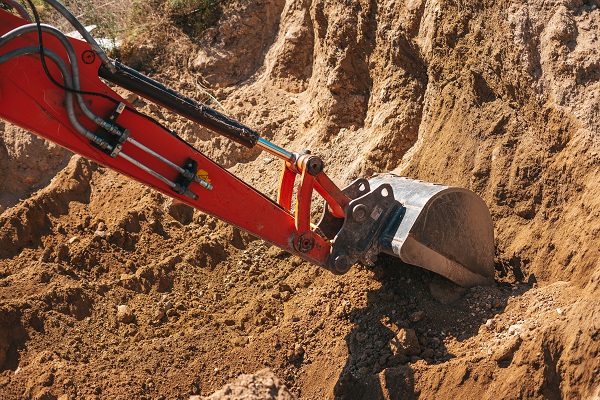
Backhoes are mainly used to move debris from one point to the other within the construction site or building site. A backhoe can be used for various land clearing services such as dirt removal, clearing rocks, large tree removal, and stump removal, as well as removing small trees too. Backhoes can even be used to perform small excavations if necessary.
This machine is suitable for land-clearing on a smaller scale like residential construction or clearing a backyard. It’s not recommended to use them for heavy-duty work on large construction sites.
End Notes
Land clearing is not especially difficult, it just requires some specialized construction equipment to do the job. If you’re gearing up for a construction project, make sure you have the right land-clearing machinery for the job.
It’s easy to find land-clearing equipment for rent such as mini excavators, skid steers, bulldozers, chainsaws, mulchers, dump trucks, and backhoes that can help get the job done quickly and efficiently. Consider the average cost, your budget, and project requirements when selecting heavy machinery and you’ll be all set for your construction job.